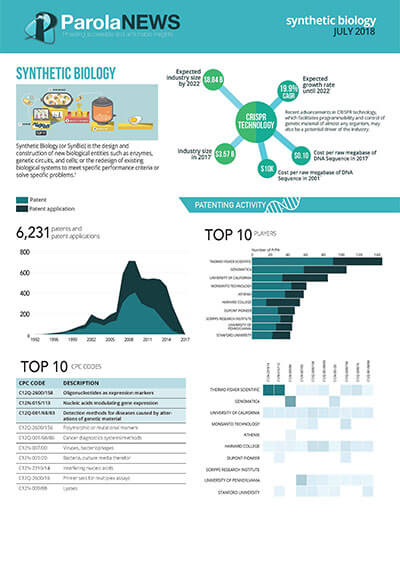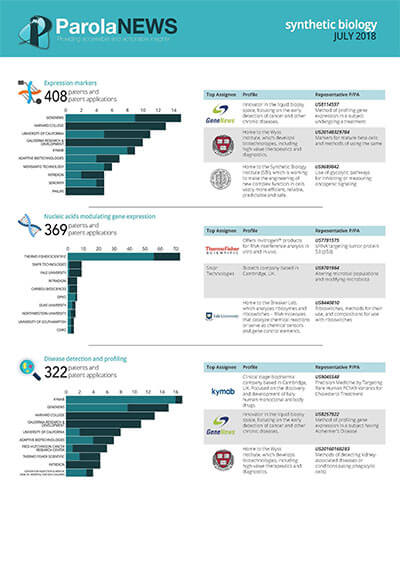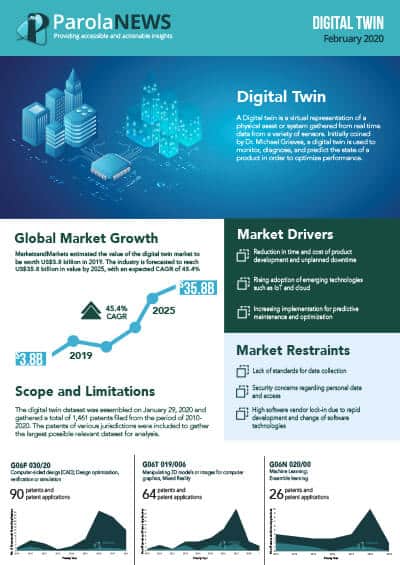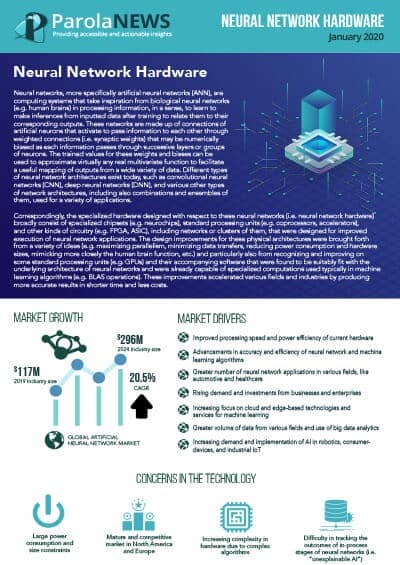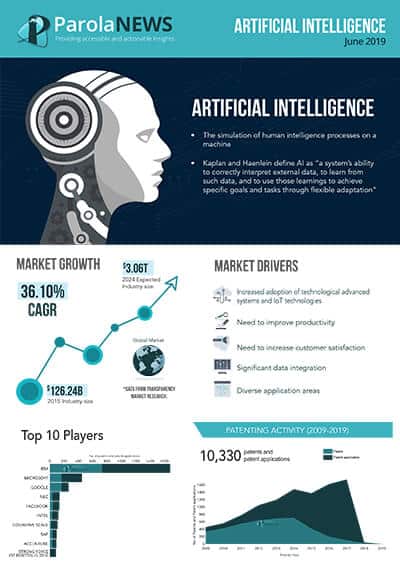According to the Engineering Biology Research Consortium, Synthetic Biology (or SynBio) is the design and construction of new biological entities such as enzymes, genetic circuits and cells or the redesign of existing biological systems to meet specific performance criteria or solve specific problems. For example, SynBio can be harnessed to produce food with the same nutritional value as one produced using livestock, at a much lower environmental footprint.
MARKET GROWTH FOR SYNBIO
According to Markets and Markets, the global synthetic biology market is expected to reach USD 8.84 billion by 2022, from an estimated 3.57 Billion in 2017, at a CAGR of 19.9%. The major factors propelling growth of this market include the growing range of applications of synthetic biology, rising R&D funding from government and private bodies, declining prices of DNA sequencing and synthesis, the increasing demand for synthetic genes and synthetic cells, and increasing investments in synthetic biology companies. Recent advancements in CRISPR technology, which facilitates programmability and control of genetic material of almost any organism, may also be a potential driver of the industry. Between 2008 and 2014, the United States invested approximately US$820 million in synthetic biology research. The Defense Advanced Research Projects Agency (DARPA) funds much of the U.S. government’s research in the technology.
CONCERNS IN THE TECHNOLOGY
However, there also exists factors responsible for hampering growth of the market. These include biosecurity concerns, ethical issues and cuts in reimbursement leading to pricing pressure. Techniques like CRISPR gene editing and DNA synthesis could enable bioweapons development, according to a new National Academies report.
Synthetic biology also presents some patentability issues. Patenting in the field has revolved around four main components: parts, pathways, genomes and systems. Patentability typically revolves around novelty (35 USC 102) and non-obviousness (35 USC 103a) in view of the naturally occurring products on which the synthetic ones are based.
In this month’s issue of ParolNEWS, we look at the patenting trends in the field of Synthetic Biology.
